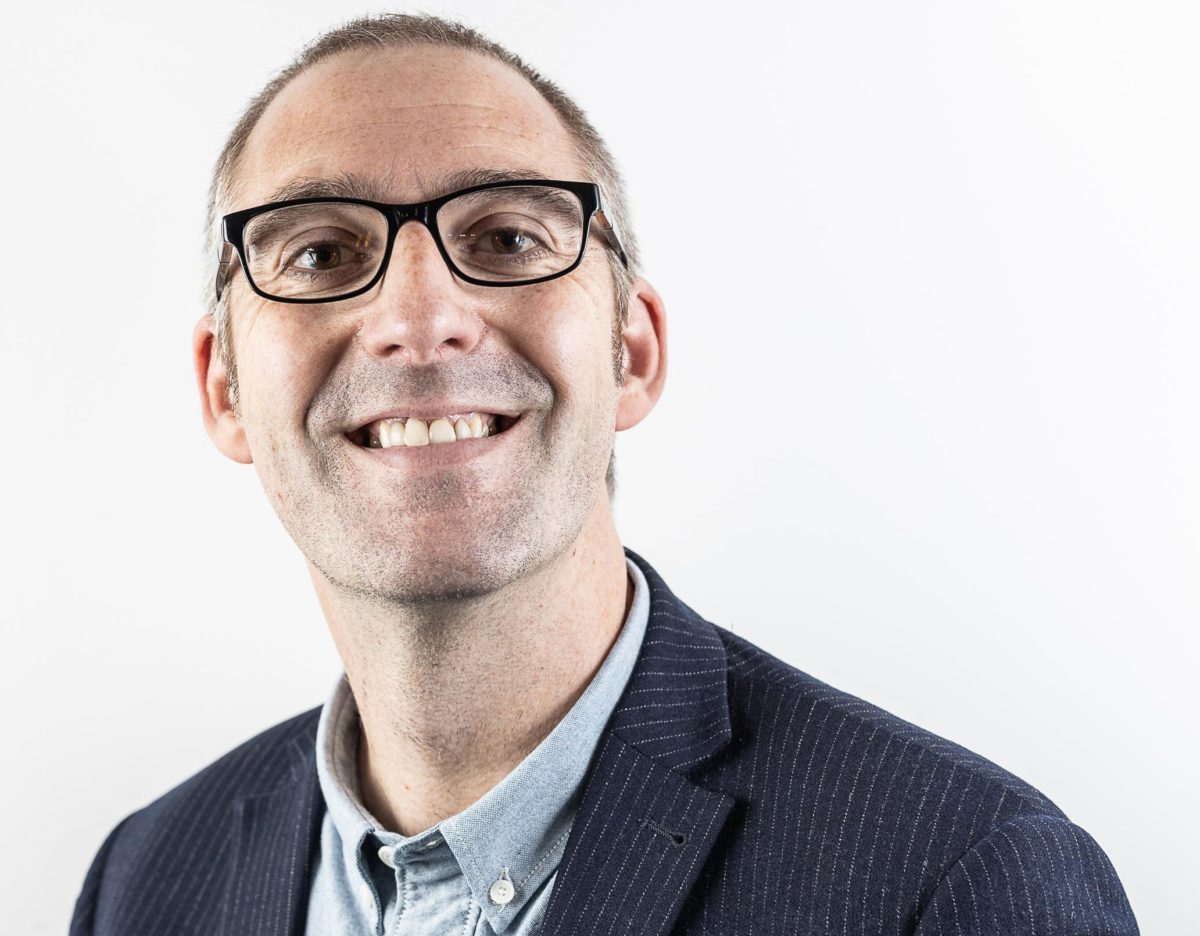
By Stuart Fleming, director at Will Rudd, Edinburgh
IN my role at Will Rudd, and having spent my whole career based in Edinburgh, I have had the opportunity to witness, the remarkable resilience and growth of its hospitality sector. Our city’s hotel industry has bounced back from the challenges posed by the Covid-19 pandemic and positioned itself as a leader in the UK. This success story is also a testament to the critical role that civil and structural engineering plays in this ongoing narrative.
Recently, I attended the Annual Hospitality Conference in Manchester, where I had the opportunity to engage with other designers, project delivery partners, and industry leaders. The seminars and workshops covered a broad range of topics, including sector performance, trends, and outlooks for the industry. I was particularly encouraged by the insights on Edinburgh’s booming hotel market. This experience reinforced my pride in the role that our firm plays in shaping the city’s skyline and ensuring the structural integrity of prestigious built heritage.
One project that stands out in my career is the Market Street Hotel in Edinburgh which was completed in 2019. Working with JM Architects, for EDI and Carlton Hotels, this stunning 100 bed hotel is situated on what was a complicated gap site next to a derelict 1930s car garage. Whilst having lain empty for over 40 years, interestingly the multi-storey garage had housed what was believed to be one of the world’s first car lifts, following the 1916 installation at the Hotel Pennsylvania in New York City.
Located in the iconic north elevation of the old town, next to the City Arts Centre and facing the Balmoral Hotel and the Scott Monument, this project presented numerous challenges. The site level was steeply terraced, following the High Street’s famous crag-and-tail geology, between Market Street and Cockburn Street, with the front being 10 metres lower compared to the rear. To demolish the garage we had to design and coordinate complex temporary shoring, to ensure the temporary support of the old random rubble masonry retaining walls.
The temporary works designs were laced through the existing structure to hold up the historic stone boundary retaining walls and facilitate the safe removal of the existing garage. The structural grid for this temporary shoring system also had to be clear of the permanent structure grid, so that the final steelwork could be erected, and finally, permit removal of the temporary frame.
We also had to navigate vibration monitoring during the piling phase to ensure no impact on surrounding listed and historic buildings. A very low limit for Peak Particle Velocity of 2.5mm/s was set, recognised as being a suitable restriction in the vicinity of Ancient Monuments. To accommodate this, Overburden Drilling Excentric (ODEX) piling was used, one of the most recent and cutting-edge piling technologies. Grouted Dywidag bars then provided rock sockets at the base of each pile.
The Market Street Hotel project challenged my perceptions of what is achievable and introduced me to new ways of thinking about the interdependencies of layers of historic structures, and how various structural interventions can respond to a complex brief.
Edinburgh’s hotel boom has had a significantly positive impact on the local economy, including job creation and increased tourism revenue. The city’s ability to attract both domestic and international guests highlights its enduring appeal. Having enough hotel space is crucial to the success of major events such as the Edinburgh Festival Fringe, Six Nations Rugby, and concerts by Taylor Swift and Oasis. The infrastructure provided by these hotels dictates where these big events can take place, further boosting the city’s economy.
Looking ahead, the introduction of new midscale and ‘conversion’ brands, such as IHG’s Garner and VOCO, is expected to further diversify the hotel market benefiting the Scottish capital. These brands allow hotel chains to relax their standards to accommodate complicated and idiosyncratic buildings, something which Edinburgh, and its instantly recognisable skyline, is known for. This boosts the possibilities for re-using and converting old buildings, bringing both sustainability and economic benefits.
At Will Rudd, we are currently involved in several hotel developments in Edinburgh and across the country. Space is at a premium, and much of the available space for development and expansion is constrained by current use, underground utilities, or planning restrictions. Our expertise in delivering complex hotel projects allows us to navigate these challenges effectively. We pride ourselves on embedding our teams in the structural design process to ensure real design cohesion throughout the project.
As the city continues to grow and evolve, the work, skill, and expertise of firms like ours will remain at the forefront. We are committed to ensuring that Edinburgh’s historic built environment and real estate can be future-proofed so it can continue to be fit-for-purpose and sustainable.











